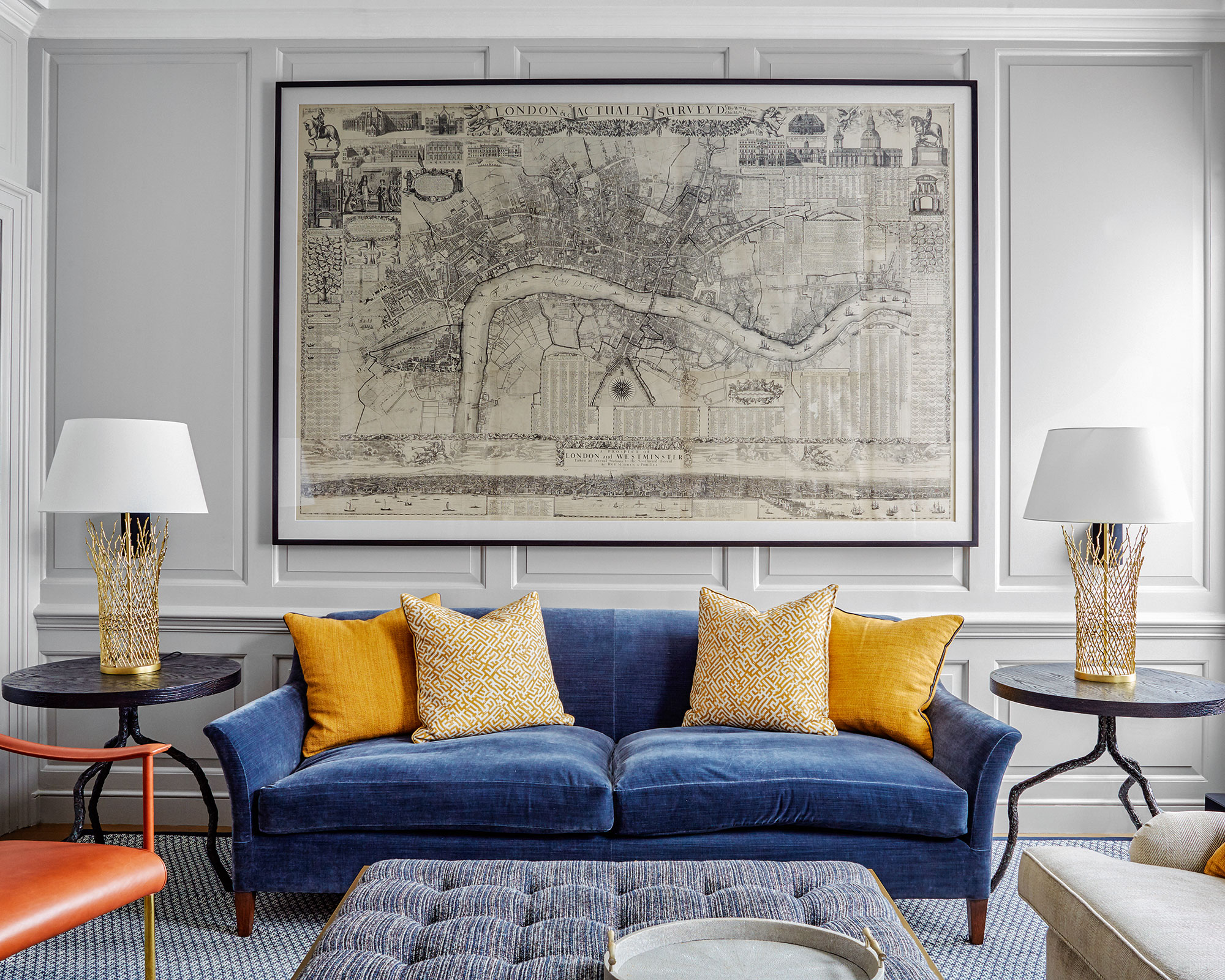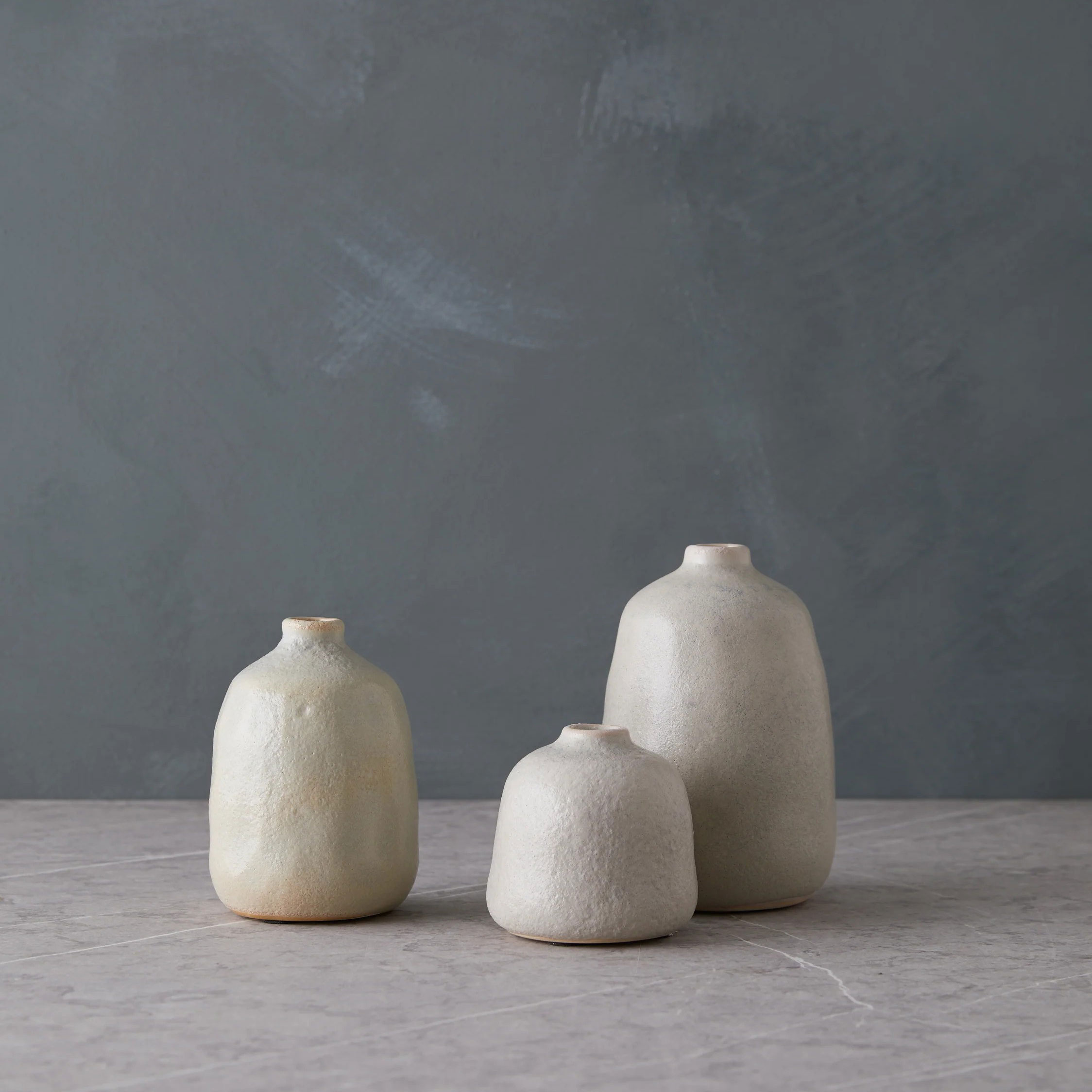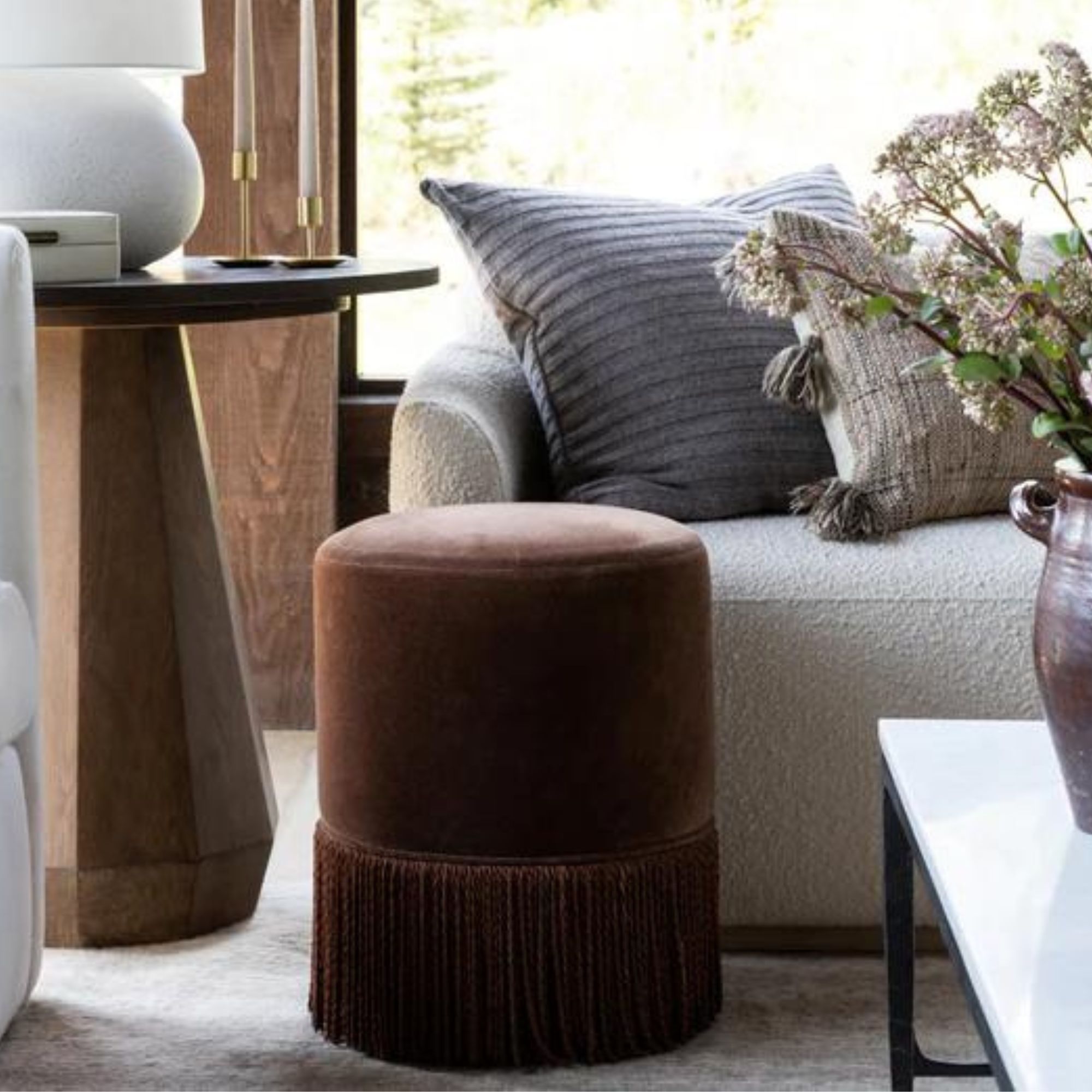Diane Keaton's living room is proof that 'symmetry' is far from dated – this concept is still ingrained in our philosophy, but there's a twist
It's a design trick used to create smart-looking spaces


The idea of symmetry as a harmonizing force has been ingrained in the minds of architects and designers for millennia. Balance around a central point is agreeable to the eye and creates a calming atmosphere.
This room, designed by Stephen Shadley for American actress Diane Keaton, has a soothing cream and brown palette, with perfectly pleasing symmetry.
'However, symmetry in interior design isn't just about balance,' says designer and decorator Joanna Wood. 'Something as simple as two wall lights on either side of a fireplace forces the eye to scan the whole area, creating the illusion of extended space.'
Objects don't have to be identical. Create a looser effect by pairing items of a similar height or tone. A cohesive color scheme will help to anchor your arrangement in place.
A post shared by Stephen Shadley (@stephenshadley)
A photo posted by on
This type of approach has intense psychological benefits too, says designer Nina Lichtenstein. 'In interior design, achieving symmetry and balance is a cornerstone for creating harmonious and visually appealing spaces. 'Symmetry, the mirror-like reflection of design elements, is a powerful tool that instills a sense of order and tranquillity in any room.'
The best way to use it in a room is by having an architectural feature as a starting or center point. The fire surround and identical glass-fronted doors were the jump-off point. If you don't have a defining architectural feature, you can use furniture to create a symmetrical look.
Mastering the art of good furniture placement will ensure that your home is practical and sociable, no matter the size or layout. It all comes down to size, placement, and symmetrical styling.
Design expertise in your inbox – from inspiring decorating ideas and beautiful celebrity homes to practical gardening advice and shopping round-ups.
'When planning a failsafe living room, the number one rule before even considering anything decorative is to prioritize functionality first,' explains New York-based designer Kati Curtis. 'The living room is often the most utilized space in a home and often must be multifunctional. Serving as a hub for social gatherings, relaxation, and more recently, even work.'
It is crucial to only select living room seating that is in proportion to the size of your room – oversized sofas and armchairs can make a small room feel narrow and claustrophobic.

Placing two sofas opposite each other does more than just emphasize its symmetrical layout; it is conversational. The doubling-up technique of furniture and accessories creates a wonderfully balanced space and is a strategy that stands the test of time.
Follow in Stephen Shadley's lead and trick the eye by employing a touch of 'asymmetry' into the space. Asymmetry is something I always think about – balancing and counterbalancing height and structure. It is an interior design trick of the trade to add further depth and interest.
Shop the look

A neutral finish and artisanal touches make these terracotta vases a versatile accent for a grounded look. With their nuanced shapes and varied sizes, you can style these vases throughout your space or group together on a coffee table (similarly to Diane Keaton's) for added texture with a timeless tone.

My favorite flower, hydrangeas, are brilliant for bringing bursts of summer color to a home and garden. These artificial stems look life-like and will mean you don't have to worry about maintenance – just dust occasionally, and it will fool your guests.

If you have a small living room, but also love to entertain, look no further than a few decorative stools that can be easily moved around and stored in cabinets when not in use. This gorgeous, earthy brown fringed stool is a personal favorite of my own.

Jennifer is the Digital Editor at Homes & Gardens, bringing years of interiors experience across the US and UK. She has worked with leading publications, blending expertise in PR, marketing, social media, commercial strategy, and e-commerce. Jennifer has covered every corner of the home – curating projects from top interior designers, sourcing celebrity properties, reviewing appliances, and delivering timely news. Now, she channels her digital skills into shaping the world’s leading interiors website.